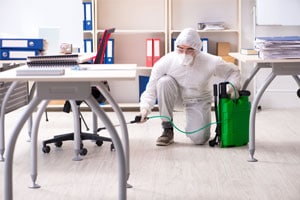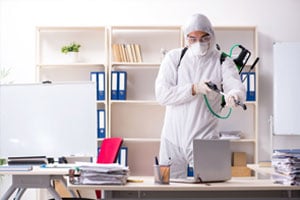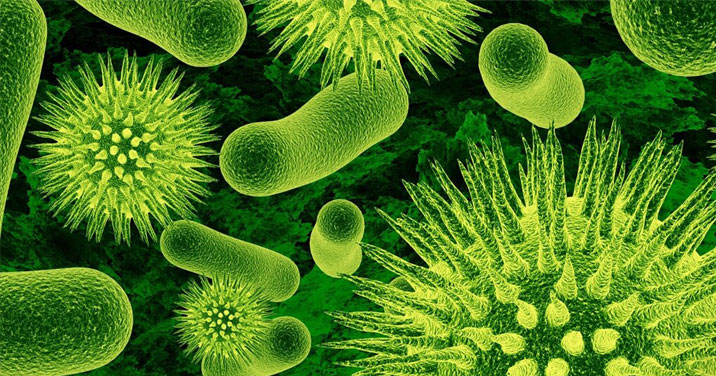Do you know what is the difference between sanitizing and disinfecting? Did you even know that there was a difference? Well there is, and understanding when to sanitize vs disinfect plays a crucial role in providing a clean and safe work environment for your employees or a safer home for your family.
Sanitize vs Disinfect: Reduction vs Destruction
The biggest misconception surrounding sanitizing and disinfecting is the tendency to think of them as meaning the same thing. True, they are similar in the sense that they are both surface cleaning and will help prevent the spread of germs and viruses, like Covid 19. However, they are different in regards to their specific functions and scope.
The purpose of sanitizing your place is to reduce the number of microbes to a safe level. To be considered effective, a sanitizer must significantly reduce the bacteria count of the surface it is applied to within 30 seconds. In high traffic areas and shared spaces, like an office or kitchen, it is recommended to sanitize all surfaces daily and pay special attention to high touch surfaces. A standard procedure should be established to make sure nothing is forgotten and ultimately reduce the spread of germs in your working and living spaces.
Disinfecting, on the other hand, must completely kill all organisms listed on its product label in a time frame greater than 5 minutes but less than 10 minutes. Where sanitizing will reduce the number of germs, disinfecting will completely destroy them. That is why disinfection should be a crucial part of your daily cleaning routine. 
Another way of looking at the difference between sanitize vs disinfect, is that disinfectants are capable of killing viruses, whereas sanitizers are not. It’s all about intensity.
Sanitizing and disinfecting products
There are a lot of different cleaning products out there, and even more things to clean with them. So it’s easy for the line between where to use sanitizer and where to use disinfectant can blur. While sanitizer and disinfectant have different definitions, they tend to come in very similar forms, which only lends to the confusion. Whether packaged for household or more commercial use, sanitizers and disinfectants both come in the form of a liquid product ranging along the concentration spectrum that most other cleaning products do.
Especially in commercial cleaning situations, appearances can be deceiving. For instance, just because a liquid is blue and comes in a spray bottle, that doesn’t necessarily mean that it’s glass cleaner.
In fact, sometimes, sanitizing and disinfecting products are not different cleaners at all; they may be the same chemical, but at different concentration levels. Bleach, for example, will act as a sanitizer if mixed at a 1:8 ratio with water, but acts as a disinfectant if mixed at a 1:4 ratio. In other words, determining whether you need a sanitizer or a disinfectant, and how strongly it should be mixed depends entirely on the nature and requirements of the cleaning job at hand.
When and Where to Sanitize and Disinfect: Ask The Experts
Knowing your way around sanitizers and disinfectants is crucial to choosing the right product but it’s still only the first step. You also have to choose the right cleaning for the job at hand. For example, where a disinfectant is the ideal solution for a medical facility, a less harsh sanitizer is often more appropriate for an office environment and other everyday workspaces.
In reducing the spread of germs and viruses, however, not every situation is so cut and dry. 
Whether your cleaning program is handled internally or is outsourced to a professional office cleaning company like MOM , you want to make sure that every space and surface is cleaned in an appropriate way, ensuring the health and safety of everyone that comes into contact with them. It may seem complicated, but in reality, you just need the right information and to follow a few simple guidelines, and you’ll be on your way to maintaining a clean and safe workspace in no time.


